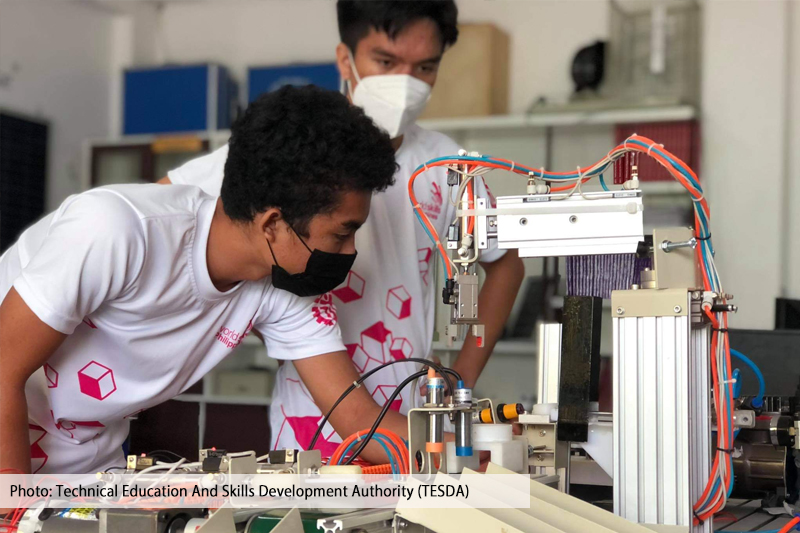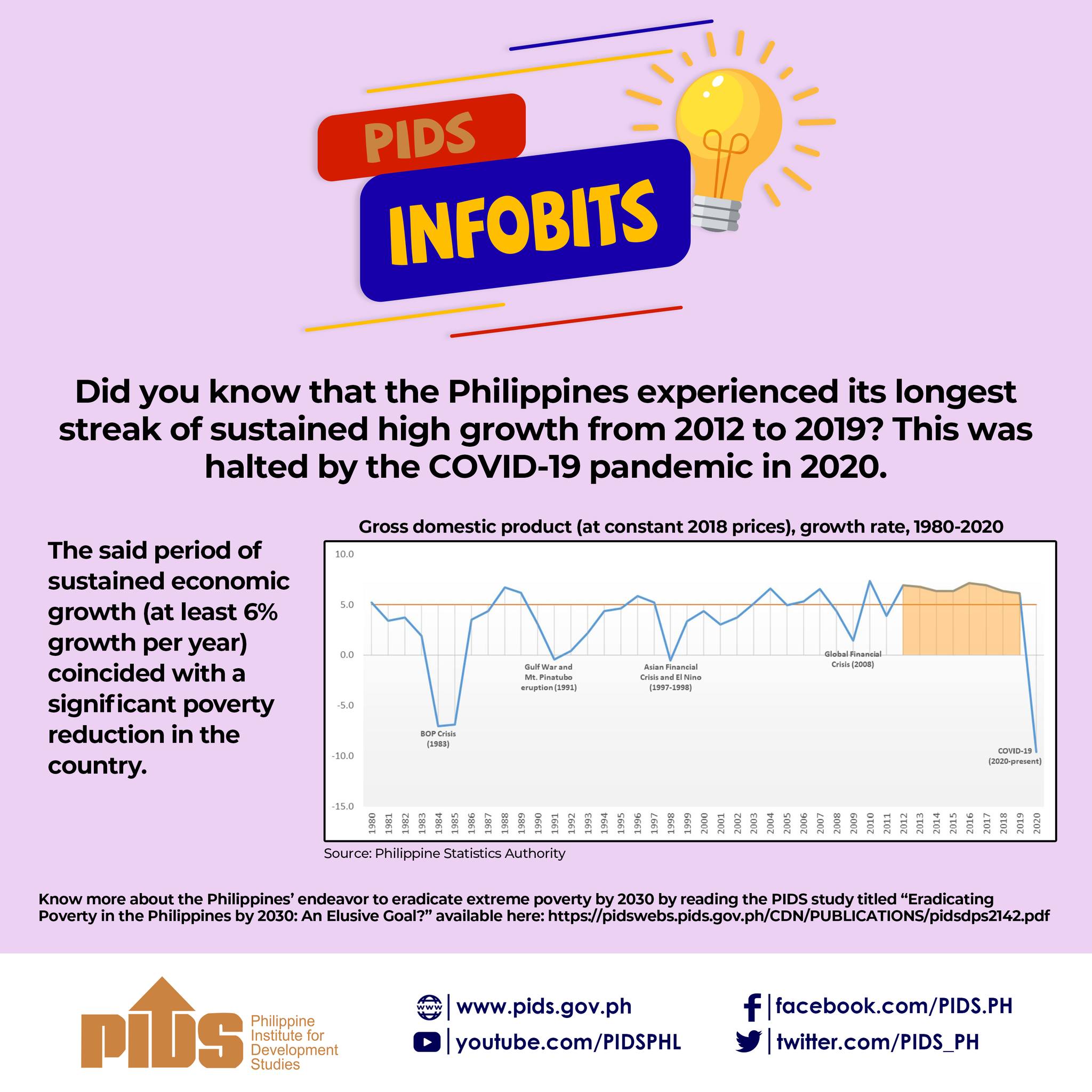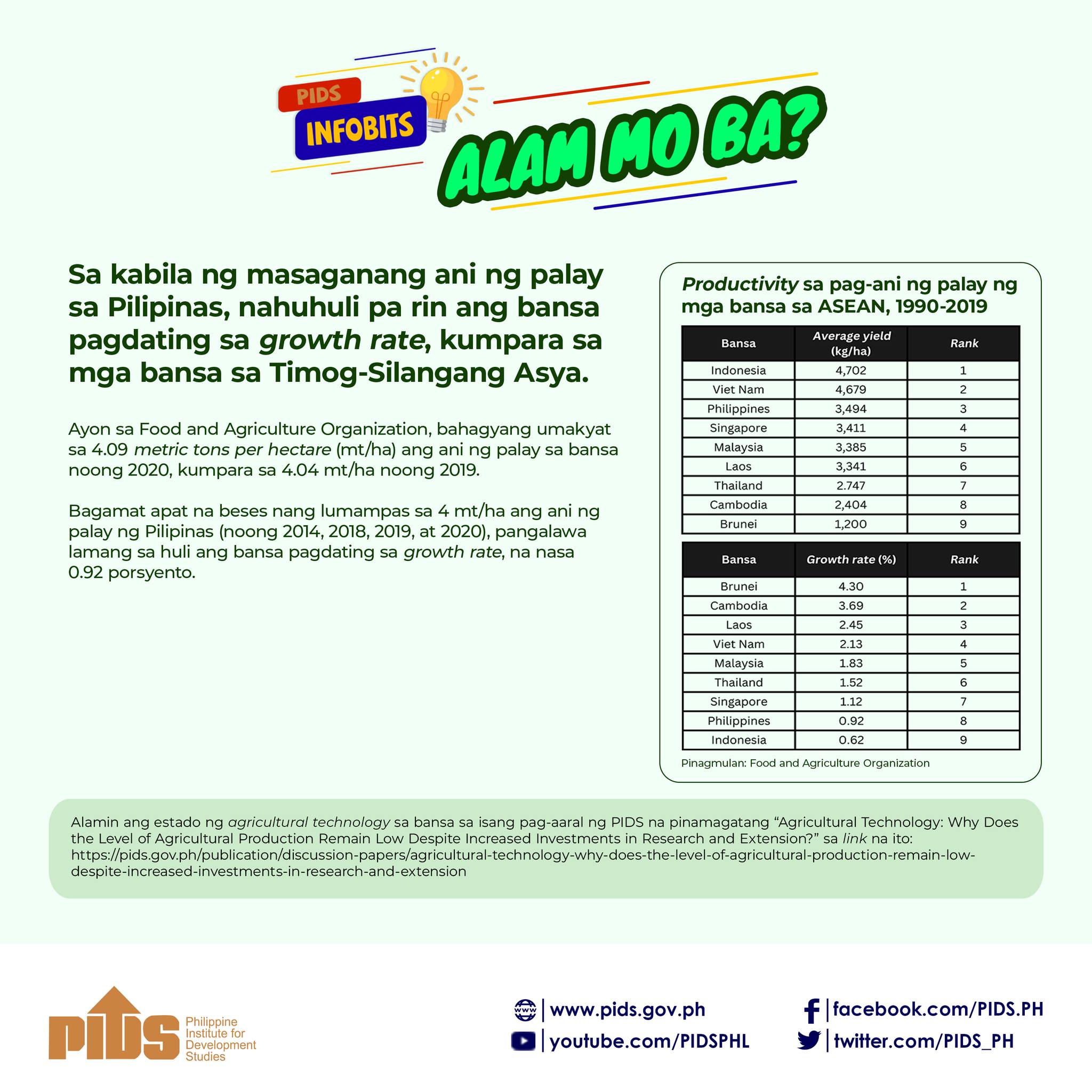EXPERTS on Thursday reiterated the need to diversify the country’s exports as the Philippine Statistics Authority (PSA) reported a slowdown in export growth to 0.6 percent in August, from 4 percent in the same period last year.
The experts’ call focused as well on the need for Congress to fast-track legislative efforts to implement necessary business reforms that will resolve problems that hamper the ability of exporters to diversify.
The National Economic and Development Authority (Neda) had long been pushing for the passage of proposed amendments to the Foreign Investment Act, Public Serve Act and Trade Liberalization Act.
Local economists, including former Socioeconomic Planning Secretary Romulo V. Neri, said the government should look to its competitive advantage, particularly in business-process outsourcing (BPO) and tourism.
On Thursday, the Philippine Statistics Authority (PSA) disclosed that the country’s external trade contracted 7 percent in August, largely due to the lackluster export growth.
Imports, meanwhile, posted a contraction of 11.8 percent in August 2019, from a growth of 12.6 percent in August 2018.
Exports of electronic products continued to be the country’s top export with total earnings of $3.66 billion.
This amount, which accounted for 58.5 percent of the total exports’ revenue in August 2019, went up by 6.6 percent from the $3.43 billion export receipt in August 2018.
The import bill of electronic products, valued at $2.35 billion, contributed the highest share of 27.1 percent to the total imports. Imports of this commodity group went down by 6 percent, from $2.50 billion in August 2018.
Limited ability to diversify
“Our ability to diversify is limited. Weak manufacturing base, poor infrastructure, high power cost, costly and inefficient logistics, etc. Our competitive advantage is in BPO and tourism,” Neri said.
The tourism sector, Neri said, needs better infrastructure support. This can be addressed by decongesting the country’s primary gateway, the Ninoy Aquino International Airport (Naia).
Neri said circumventing challenges of the Naia means encouraging more foreign direct flights to Mactan, Clark, Cagayan de Oro, and Davao.“Foreign direct flights to Ilocos and Boracay and Panglao Airports [are needed]. Sangley [can act] as [the] third runway to Naia,” Neri said.
“Improve and upgrade Ro-Ro for tourism. Ro-Ro was neglected under Noynoy [President Benigno S. Aquino III], being a President Gloria [Macapagal-Arroyo] flagship project,” he noted.
“Electronic products have high import content and don’t create much domestic value-added. The industry doesn’t foster robust domestic production linkages,” University of Asia and the Pacific (UA&P) School of Economics Dean Cid Terosa toldthe BusinessMirror.
“We should focus on industries that harness production of domestic inputs like labor-intensive manufacturing and service industries,” he added.
In order to do this, Ateneo Center for Economic Research and Development (ACERD) Director Alvin P. Ang told the BusinessMirror that both public and private sector should step up in their investments to help diversify exports.
However, Ang said, the larger investment must be made by private firms since they are the ones who have greater capital. These investments must be made in manufacturing and production.
Further investments must also be made in research and development (R&D) to finance product innovations that will create new products or enhance existing ones.
“The private sector must have a greater investment because they have the capital. They should not wait for the government because they are risk takers,” Ang said.
Value chain
Philippine Institute for Development Studies (PIDS) Senior Research Fellow Roehlano Briones said, however, that with exports growing faster than imports, this indicates that the country may already be in a better position.
Briones said this could mean that the Philippines was already moving up the value
chain. He also said that in general, the trade tensions could already be benefiting the Philippines.
He said the trade tension between China and the United States was bound to “deflect” trade from Beijing to Manila.
Meanwhile, Neda said apart from legislation, business models should also adapt to current demands and market trends.
This can be done by utilizing digital platforms that will increase production efficiency and expand their reach both locally and internationally.
“As the market turns its focus toward advanced and frontier technologies, the country’s human capital development should prioritize intensified reskilling, retooling and upskilling initiatives that emphasize industry and academe coordination, to ensure that the labor market is adaptive and responsive to current and emerging market demands,” Socioeconomic Planning Secretary Ernesto M. Pernia said.
Moving forward, the current updating of the Philippine Development Plan 2017-2018 will seek to address the challenges of agriculture, industry and services sectors, among others.
In August, exports to the United States (US) comprised the highest value of $992.72 billion, or a share of 15.9 percent to the total exports in August 2019.
Exports to this country grew by 7 percent, from $928.07 million in August 2018.
Other major export trading partners were People’s Republic of China, $944.23 million; Hong Kong, $938.26 million; Japan, $870.03 million; and Singapore, $353.53 million.
In terms of imports, the People’s Republic of China was the country’s biggest supplier of imported goods with 23.1 percent share to total imports in August 2019.
Import payments from China amounted to $2.00 billion from $1.92 billion in August 2018. Other major import trading partners were Japan, $800.32 million; US, $609.13 million; Indonesia, $598.95; and Republic of Korea, $586.30 million.












